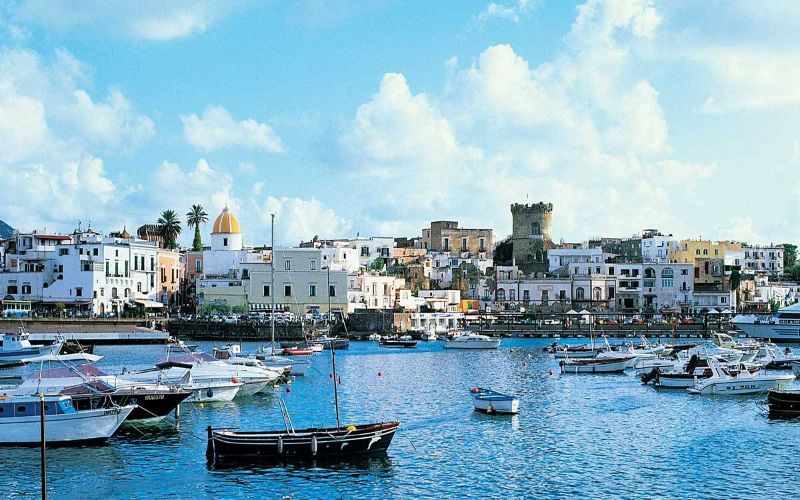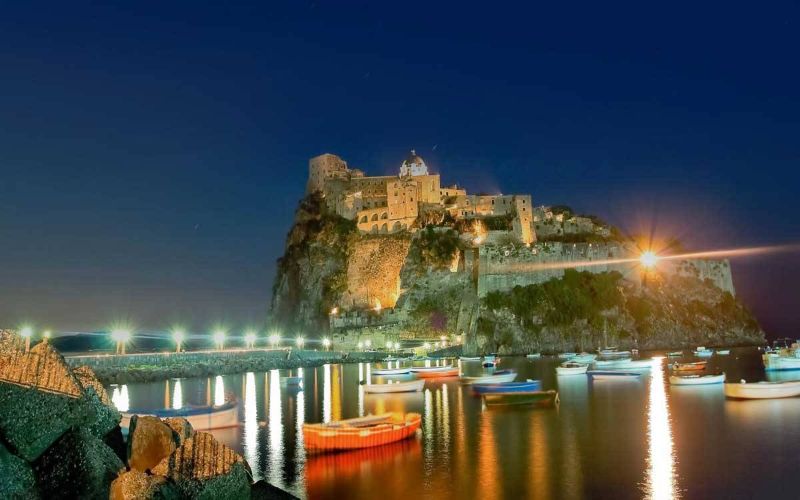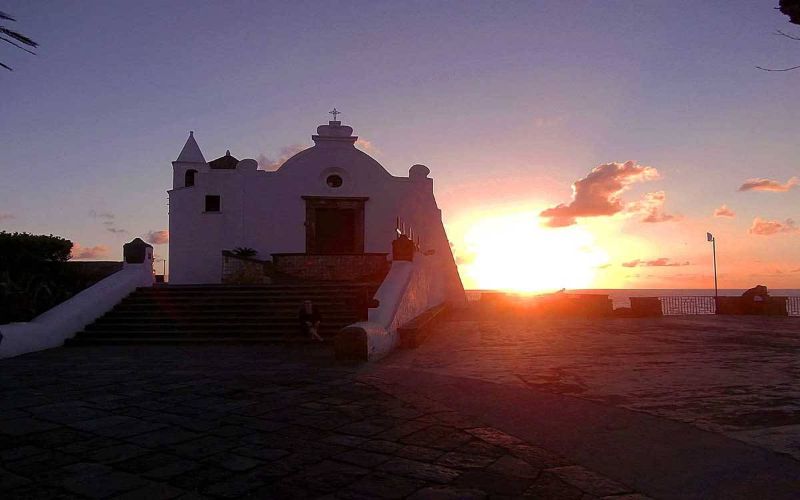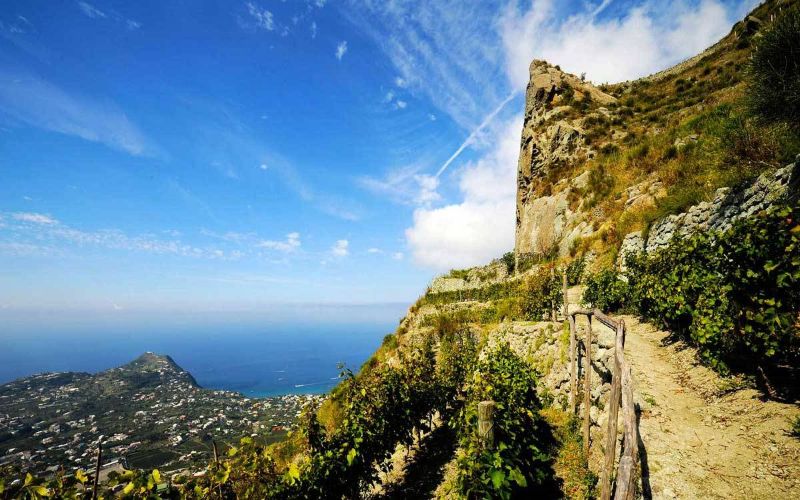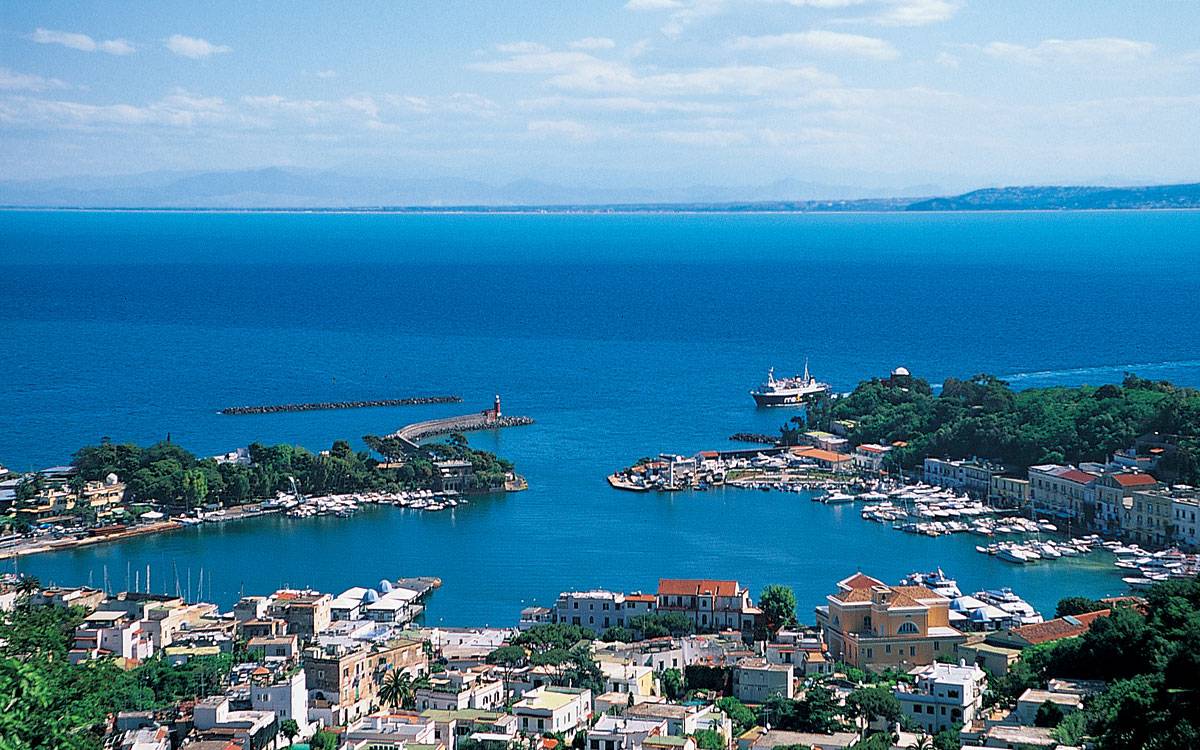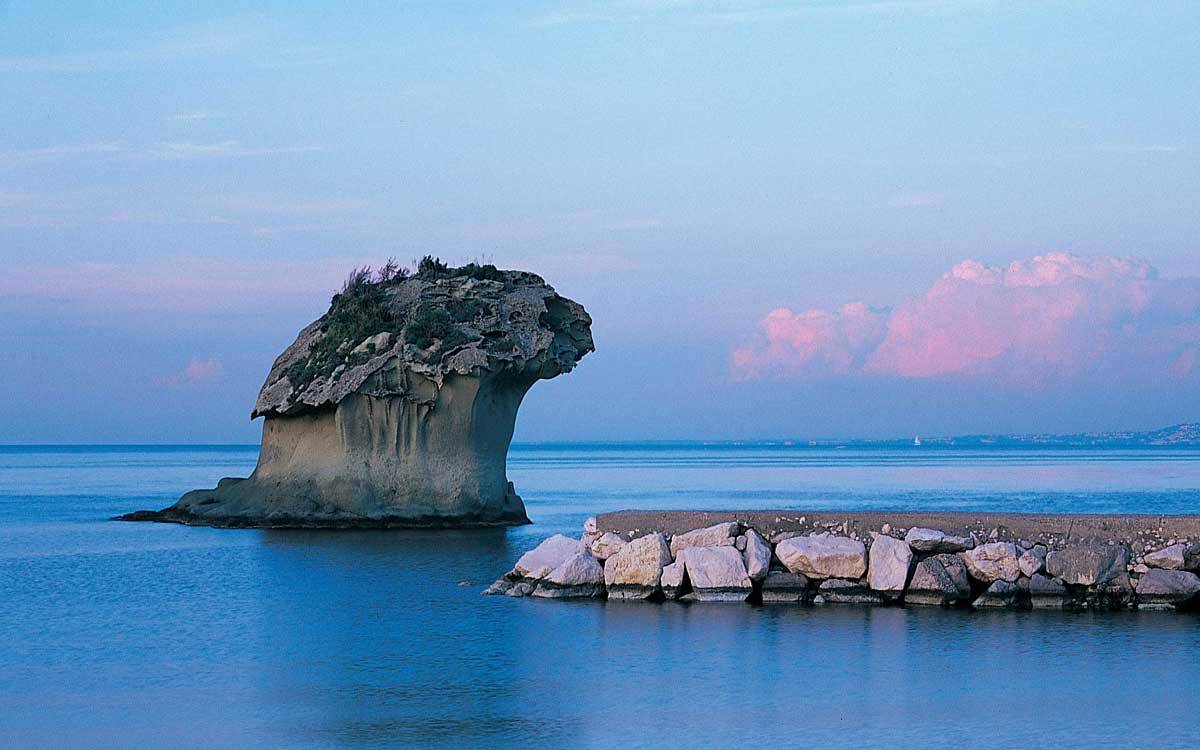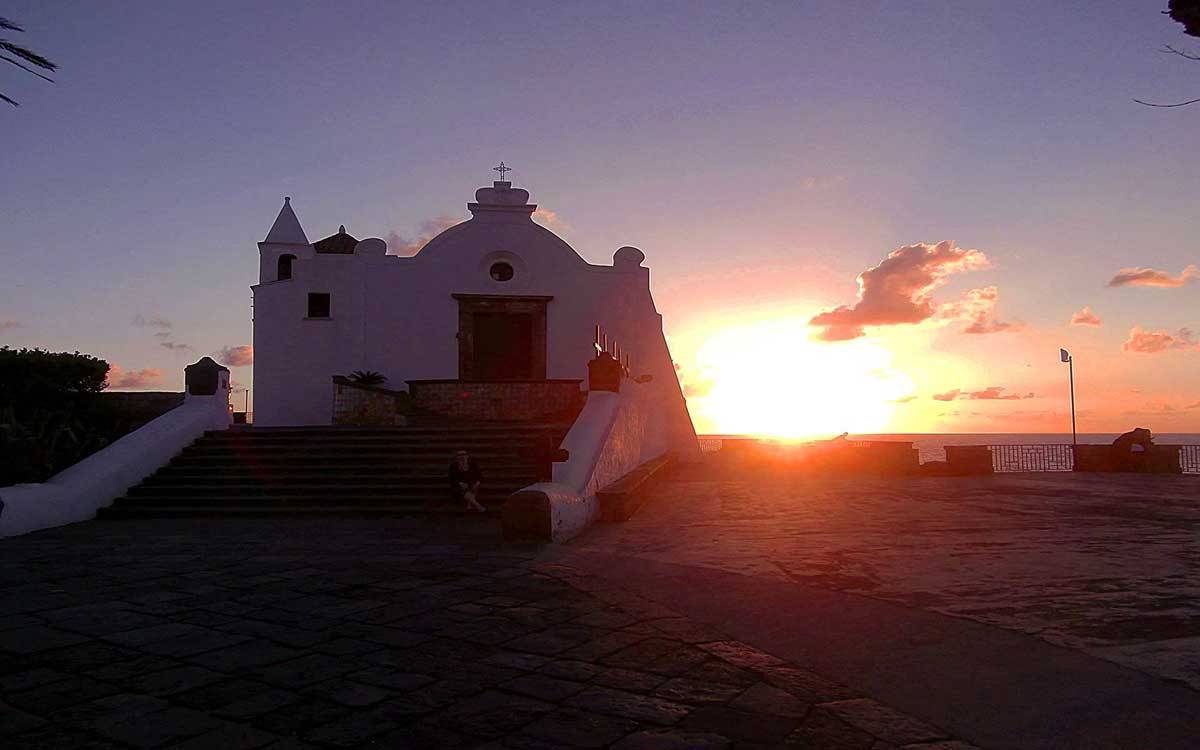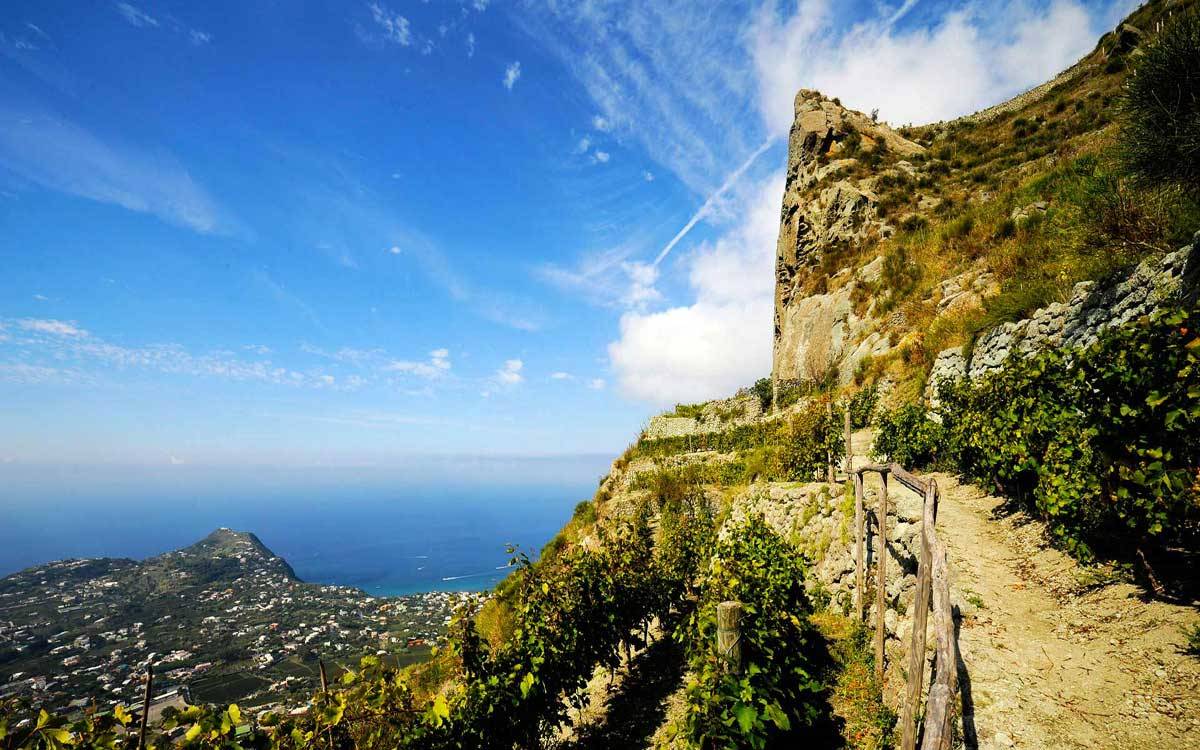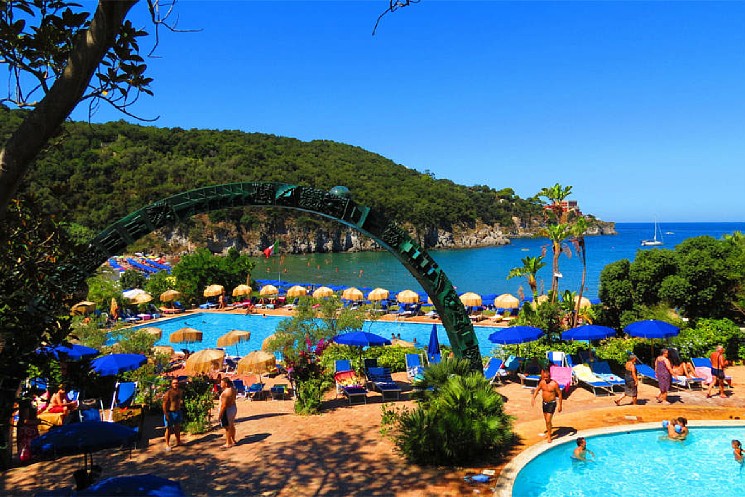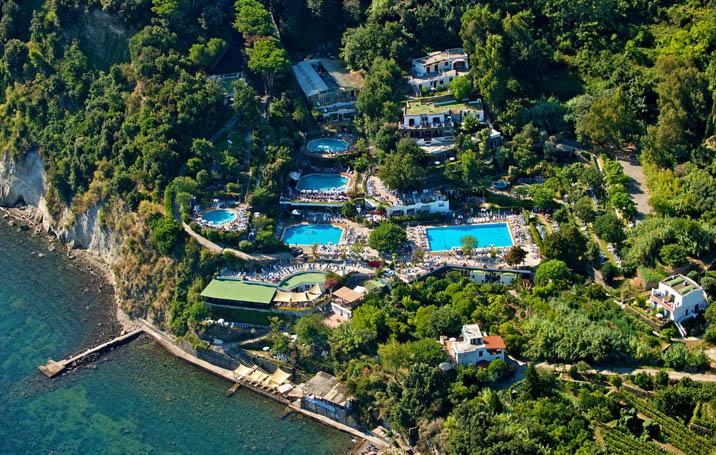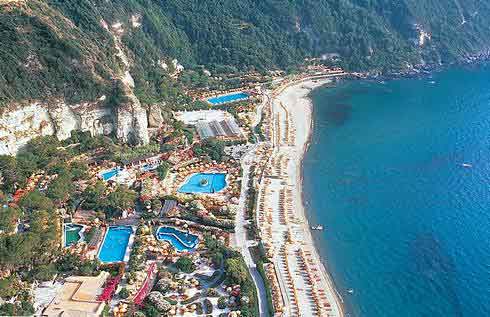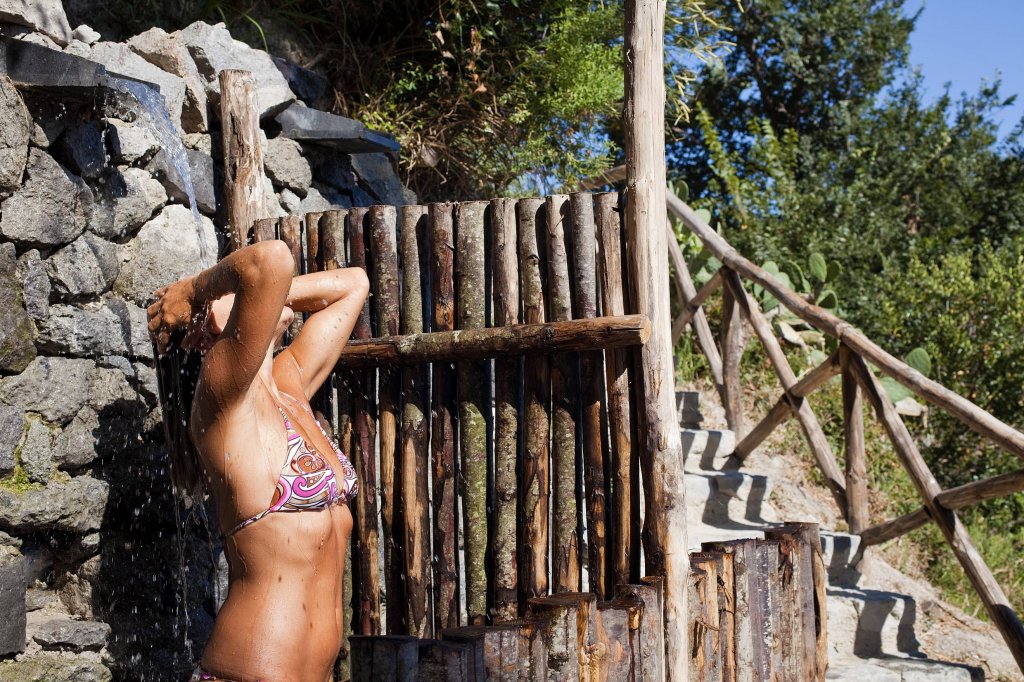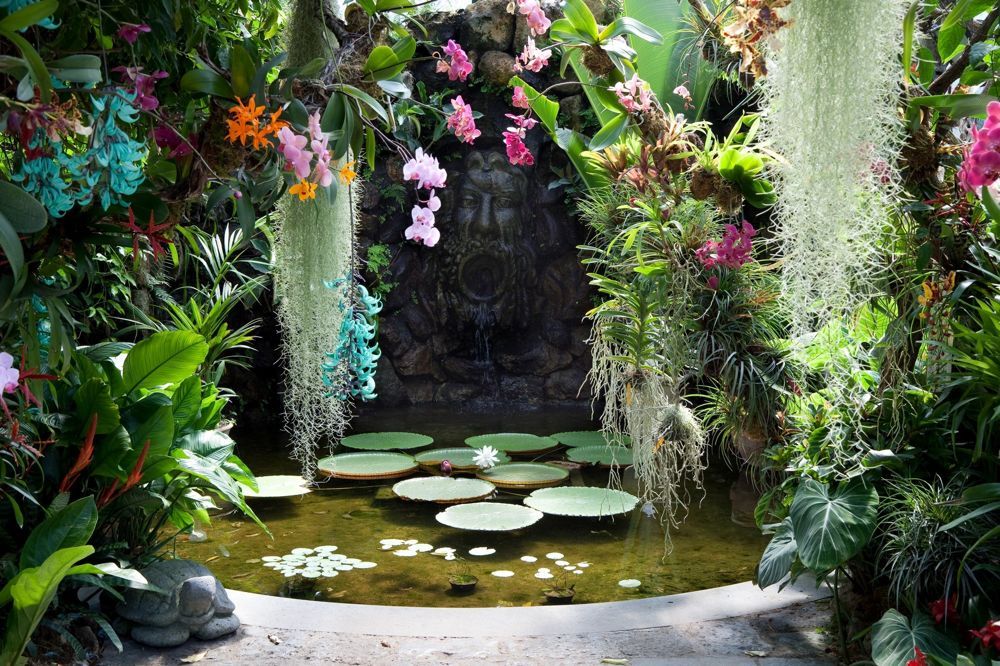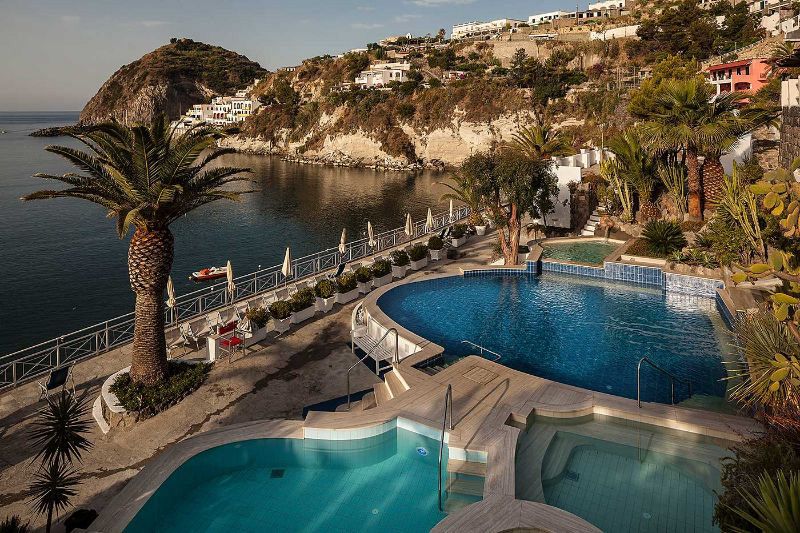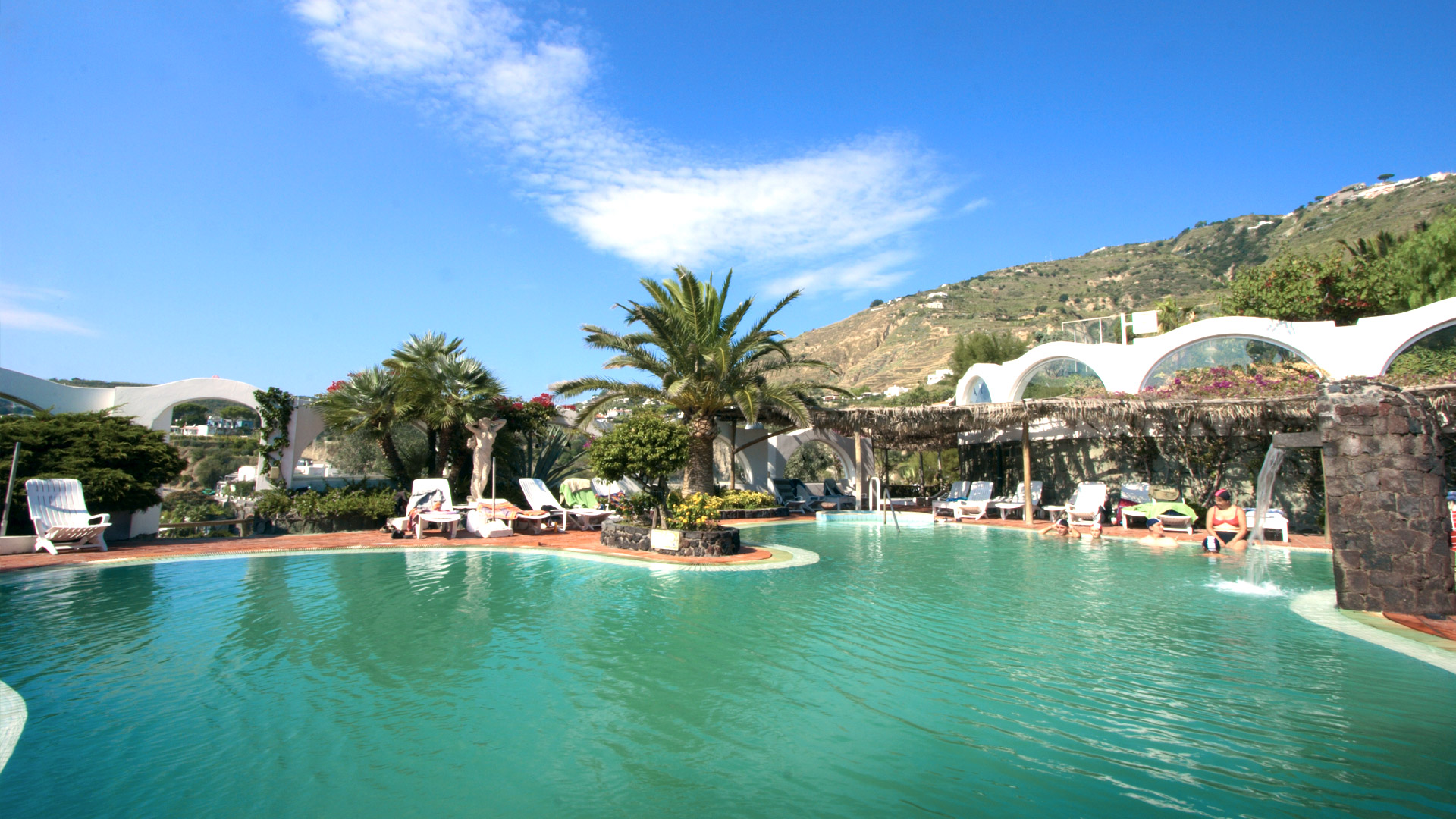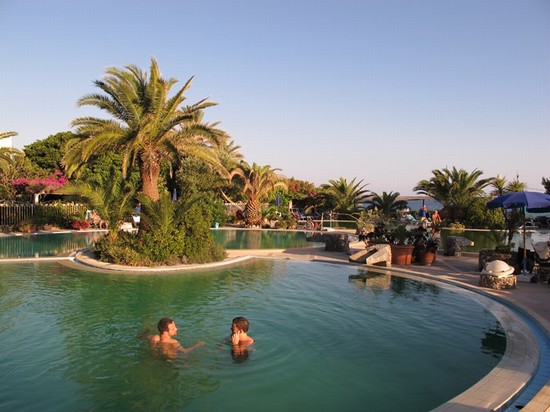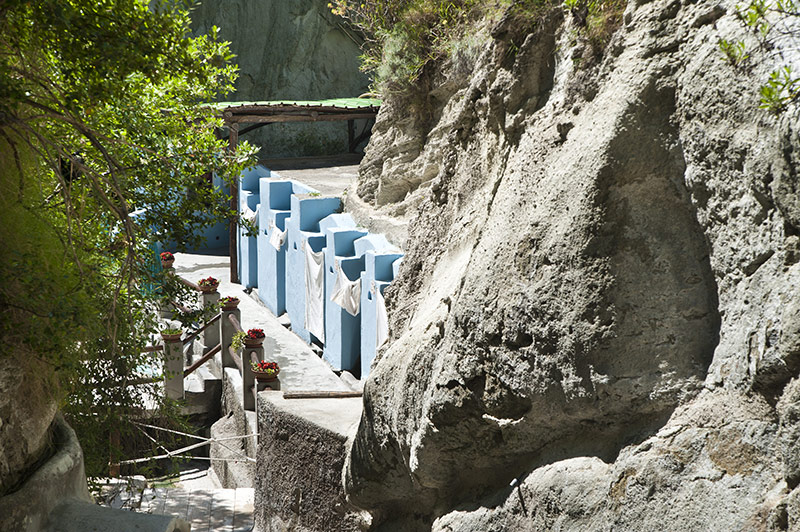The Island of Ischia
Ischia is an Italian island belonging to the archipelago of the Flegrean islands, also known as Neapolitan from the nearby city of Naples.Located at the northern tip of the Gulf of Naples and within easy reach of the islands of Procida Vivara, in the Tyrrhenian Sea, is the largest. With its 64,028 inhabitants it is the third most populous Italian island.
Pithecusa
From Latin Antiquity was called Pithecusa, a name tradition derived from the Greek "pithos" (pot), that is the Potters Island.
Mount Epomeo
Epomeo is not, as many think, a volcano, but a horny volcanic volcano, or a block of earthly crust that has risen from the surrounding one due to the magmatic thrust (horst is a German term that means "rock" ).

Geography
From the approximate shape of a trapeze, the island is approximately 18 miles from Naples, has a 34 km coastline and an area of approximately 46.3 km².
The History
The island has undergone many centuries of dominance (Greeks, Romans, Visigoths, Vandals, Saracens, Normans, Swabians, Anglicans, Aragones, French, Spaniards) for centuries, which marked the year deeply in the culture and life of its peoples.
